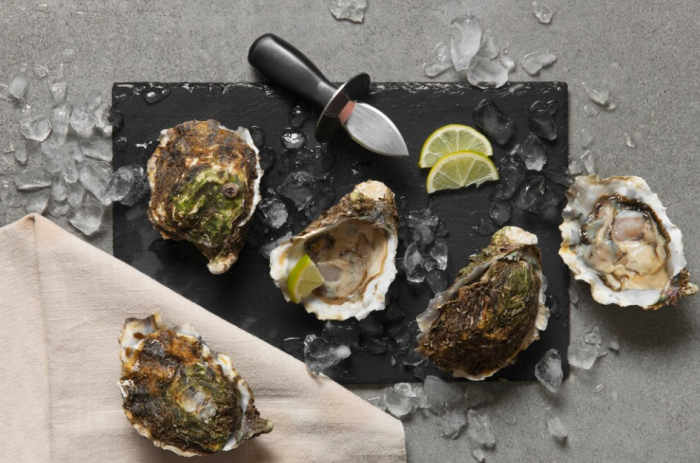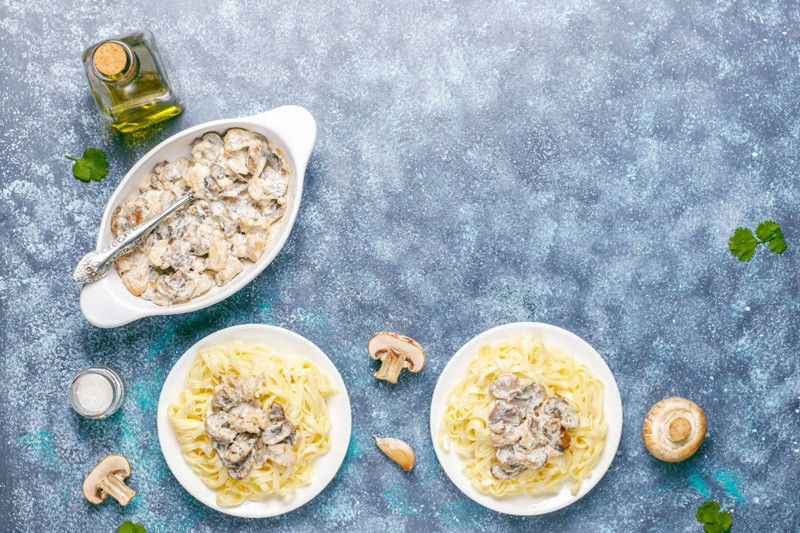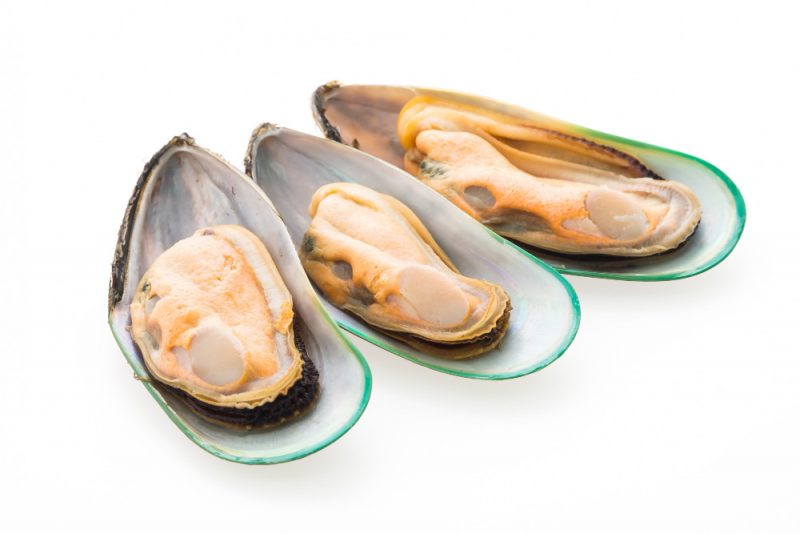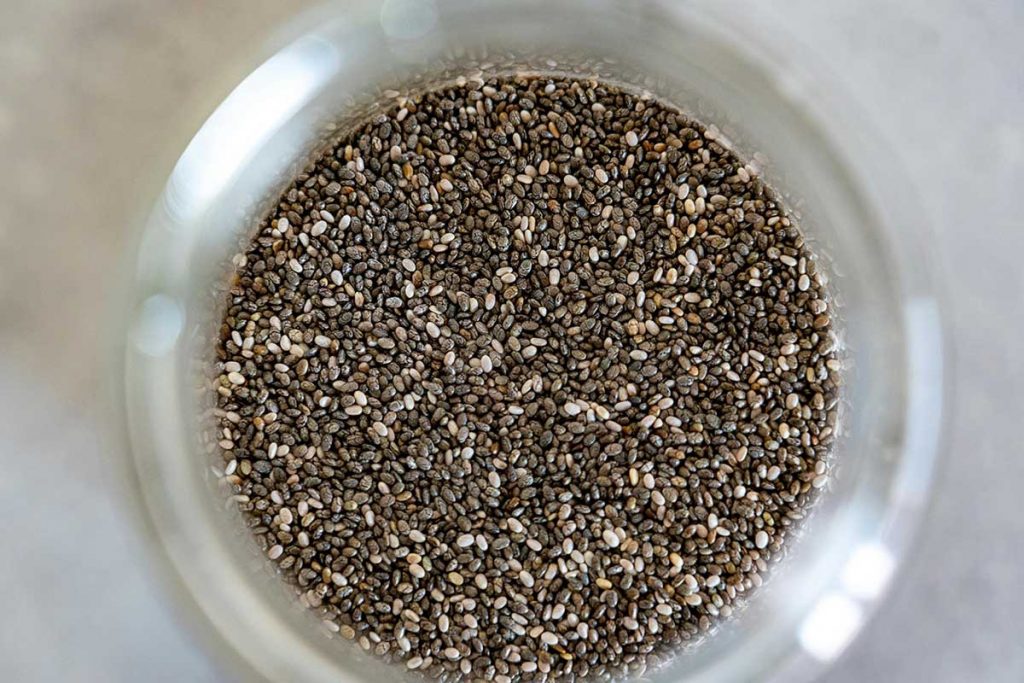Raw oysters are a delicacy enjoyed by many seafood enthusiasts around the world. You either love them or hate them, there is no in-between. Their unique flavor and texture make them a sought-after treat, especially for those who appreciate the briny taste of the sea. However, there’s often a worrying concern about the safety of consuming raw oysters due to potential health risks. In this article, we’ll delve into the factors that affect the safety of raw oysters and explore whether they can be enjoyed without worry.
Understanding the Risks of Raw Oysters
One of the primary concerns associated with raw oysters is the risk of foodborne illnesses, particularly those caused by bacteria such as Vibrio vulnificus and Vibrio parahaemolyticus. These bacteria are naturally present in marine environments and can accumulate in oysters, especially during warmer months when water temperatures are higher. Consuming raw oysters contaminated with these bacteria can lead to gastrointestinal issues, including nausea, vomiting, diarrhea, and in severe cases, life-threatening infections.

Regulatory Measures
To mitigate the risks associated with raw oyster consumption, regulatory agencies enforce strict guidelines for harvesting, handling, and serving oysters. For instance, in the United States, the Food and Drug Administration (FDA) has established the National Shellfish Sanitation Program (NSSP), which sets standards for oyster safety. These standards include requirements for water quality monitoring, harvesting practices, and post-harvest processing methods aimed at reducing bacterial contamination.
Safety Precautions
Despite the potential risks, many people continue to enjoy raw oysters safely by taking certain precautions. Here are some tips to minimize the risk of foodborne illness when consuming raw oysters:
- Choose reputable sources: Purchase raw oysters from trusted suppliers with a track record of adhering to safety regulations.
- Check for freshness: Ensure that the oysters are alive and fresh before consumption. Discard any oysters with cracked shells or a foul odor, as these may indicate spoilage.
- Keep oysters chilled: Store raw oysters in the refrigerator or on ice until ready to consume to prevent bacterial growth.
- Handle with care: Use clean utensils and surfaces when shucking raw oysters to avoid cross-contamination with bacteria from other foods.
- Consume promptly: Eat raw oysters as soon as possible after shucking to minimize the risk of bacterial proliferation.

Benefits of Raw Oysters
Despite the associated risks, raw oysters offer several health benefits when consumed responsibly. They are an excellent source of essential nutrients, including protein, vitamins, minerals, and omega-3 fatty acids. Additionally, raw oysters are low in calories and fat, making them a nutritious option for those watching their weight or cholesterol levels. Furthermore, their high zinc content may support immune function and promote overall health.
In conclusion, while there are inherent risks associated with consuming raw oysters, they can be enjoyed safely by following proper handling and preparation practices. By taking necessary precautions, seafood enthusiasts can indulge in this culinary delicacy without compromising their health. However, individuals with compromised immune systems, pregnant women, young children, and the elderly should exercise extra caution or consider consuming cooked oysters instead. Ultimately, enjoying raw oysters responsibly allows for a delightful culinary experience while minimizing potential health concerns.
Are you a fan of raw oysters? Did you ever get sick because of them? Tell us in the comments.
You may also like: What Is Gut Health and How Can You Improve It?




